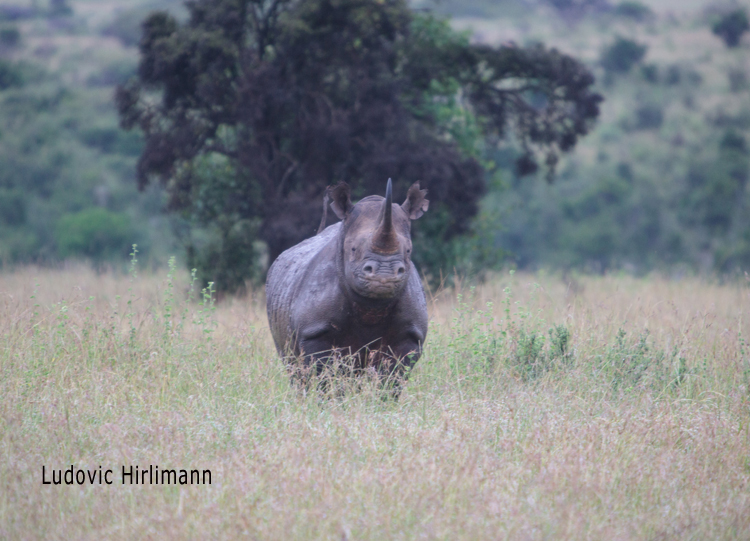A huge effort in rhinoceros conservation has focused on poaching and habitat loss as factors leading to the dramatic declines in the endangered eastern black rhinoceros and the southern white rhinoceros. Nevertheless, the role disease and parasite infections play in the mortality of protected populations has largely received limited attention. Infections with piroplasmosis caused by Babesia bicornis and Theileria bicornis has been shown to be fatal especially in small and isolated populations in Tanzania and South Africa. However, the occurrence and epidemiology of these parasites in Kenyan rhinoceros is not known. The goal of this study was to determine the prevalence in Kenyan populations, and to assess the association of Babesia and Theileria infection with host species, age, sex, location, season and population mix. In the rhinoceros studied, we did not detect the presence of Babesia, while Theileria was found to have a 49.12% prevalence with white rhinoceros. Other factors such as age, sex, location, and population mix were not found to play a significant role. informacion[at]ebd.csic.es Otiende et al (2015) Epidemiology of Theileria bicornis among black and white rhinoceros metapopulation in Kenya. BMC Vet Res 2015, 11:4 doi:10.1186/s12917-014-0316-2


 Las altas temperaturas están provocando que las lagunas y las marismas de Doñana pierdan agua rápidamente
Las altas temperaturas están provocando que las lagunas y las marismas de Doñana pierdan agua rápidamente




